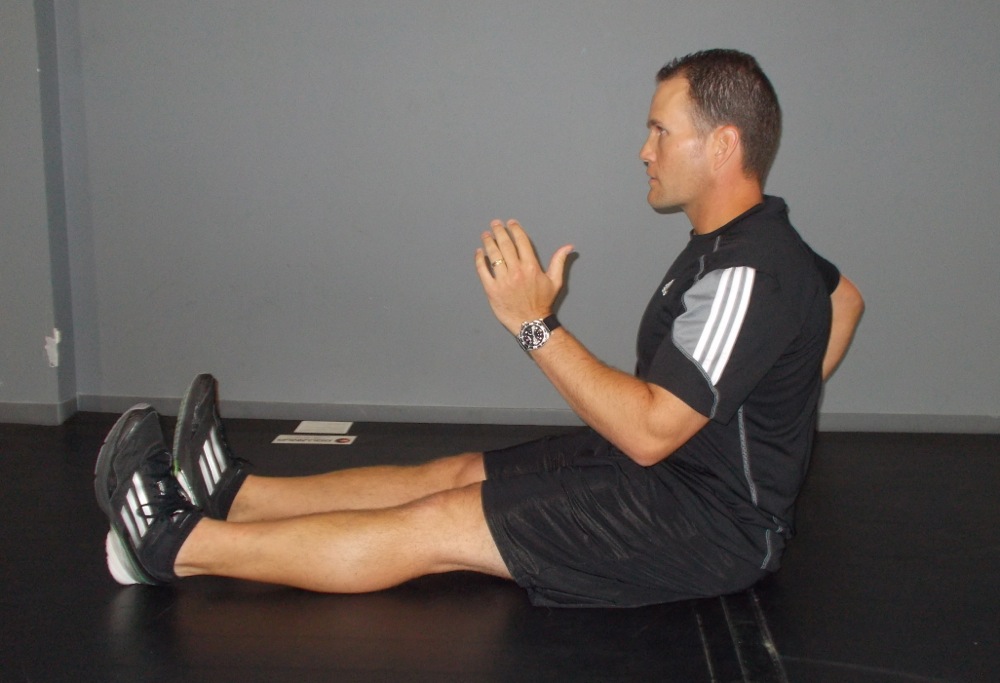By Brian Schiff
Whether you run 5k’s or marathons, most runners would always like to have faster times. Improving form and running mechanics is an essential part of accomplishing that goal. The first step involves identifying mobility and strength imbalances with a comprehensive assessment from a qualified trainer or physical therapist. Once any physical barriers or limitations have been addressed, you can hone your running form.
Optimizing running form requires intentional work aimed at maximizing body angles and posture. Keep in mind that you must have a strong pillar (shoulders, torso and hips) as well as use proper arm and leg action to perform your best. Some common running flaws include all of the following:
- Excessive forward trunk lean
- Excessive rotational movement in the hips and shoulders
- Poor leg recovery (butt kicking or elongated heel recovery)
- Limited shoulder flexion/extension = decreased arm swing
- Faulty arm and leg sequencing or tempo
Running flaws ultimately lead to energy leaks, too much slack in the system, excessive force transmission in certain areas and lost speed and power. To improve form, it can be helpful to segment the drills to work on arm action, leg action and pillar action. While there are several drills that can be used, the following exercises are basic yet fundamental ones that will improve your running efficiency with repetition.

Seated arm swings
The focus is arm action in this drill. Begin in long sitting. Keeping the legs still, slowly cycle the arms back and forth in a reciprocal pattern. Move slowly and deliberately at first with pauses between cycles. The elbows should be flexed to 90 degrees. As you feel more comfortable, increase speed, whipping the hands back just beyond the pockets while maintaining proper alignment. Avoid rotational movement. Perform 2-3 sets of 10-15 seconds.

Standing wall leg load and lift
The focus is leg action in this drill. Position the feet 3 feet away from the wall to create a 45-degree trunk angle relative to the ground. Place both hands on the wall and lean forward. Next, drive one leg up and hold for 2-3 seconds. Lower down and repeat on the other side. Perform 5 repetitions on each side. Progress to double-leg cycles by doing left/right (right holds in air) and then right/left (left leg holds in air). The final progression is triple leg cycles with left/right/left and right/left/right patterns. Perform 5 repetitions of each pattern for each progression.

A march
The focus is pillar action in this drill. Begin in standing with both elbows bent to 90 degrees and at the side. Next, drive the right knee and hip up to 90 degrees while keeping the foot up. Maintain an erect trunk posture and pause at the top. Now, drive the right foot down and repeat the leg action on the left side. Make sure the appropriate opposite and reciprocal arm action accompanies the leg action (left arm forward with right hip/knee up). March forward for 10 yards. Repeat 2-3 times. Be careful to avoid forward trunk lean.
All of these exercises can be done as part of a dynamic warm-up or part of your workout routine. Ideally, implement them 2-3 times per week, and over time, arm, leg and pillar action will improve, yielding better form and efficiency as well as faster times.
# # #
Brian Schiff, PT, OCS, CSCS is a sports physical therapist and supervisor at the Raleigh location of Athletes’ Performance at Raleigh Orthopaedic. The Raleigh and Cary Athletes’ Performance locations currently offer free injury screens for runners, cyclists and triathletes. For more information, visit www.apcraleigh.com or www.apccary.com.







